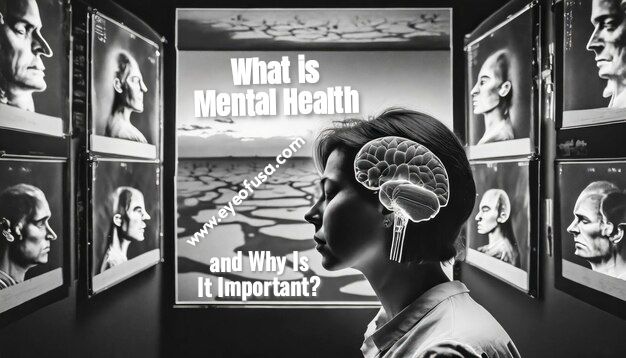Digital Wellness Programs: Enhancing Your Well-Being in a Digital World
What is digital wellness?
Digital wellness refers to the practice of maintaining a healthy relationship with technology. It involves balancing screen time and digital consumption with mental health and well-being. In our tech-driven society, digital wellness has become increasingly important to help individuals manage stress, anxiety, and the impacts of excessive technology use.
Why are digital wellness programs important?
Digital wellness programs are essential because they address the challenges of modern technology use. With rising concerns over digital addiction, social media pressures, and screen time management, these programs offer strategies and resources to promote a healthier lifestyle. They aim to improve mental health, enhance productivity, and foster better work-life balance.
What types of digital wellness programs are available?
Digital wellness programs can be found in various settings:
Workplace digital wellness initiatives: Companies often implement employee assistance programs (EAPs) that focus on mental health support, offer workshops on stress management, and encourage a healthy work-life balance.
Educational digital wellness curricula: Schools and universities are introducing programs that teach students about the responsible use of technology, emphasizing the importance of maintaining mental health in a digital environment.
Mobile apps and online resources: There are numerous apps available that promote mindfulness, meditation, and time management, helping users to monitor their digital habits and improve their overall well-being.
What are the benefits of participating in digital wellness programs?
Engaging in digital wellness programs can lead to several positive outcomes:
Enhanced mental health: Participants often report reduced stress and anxiety levels, thanks to improved coping strategies.
Improved productivity: By managing screen time and reducing distractions, individuals can enhance their focus and efficiency at work or in school.
Better work-life balance: Digital wellness initiatives encourage individuals to disconnect from technology, promoting time for relaxation and personal activities.
Reduction in digital burnout: These programs help individuals recognize the signs of burnout and take proactive steps to avoid it.
How can I implement a digital wellness program in my organization or personal life?
To successfully implement a digital wellness program, consider the following steps:
- Assess the needs of your audience: Understand the specific challenges faced by your team or family regarding technology use.
- Set clear goals and objectives: Define what you hope to achieve with the program, whether it’s reducing screen time or improving mental health awareness.
- Choose the right tools and resources: Select apps, workshops, or seminars that align with your goals and resonate with your audience.
- Monitor progress and make adjustments: Regularly evaluate the program’s effectiveness and be open to feedback for continuous improvement.
Are there any success stories from digital wellness programs?
Many organizations have successfully implemented digital wellness programs. For example, tech companies have seen a significant decrease in employee burnout and an increase in overall job satisfaction. Participants often share positive testimonials, highlighting the effectiveness of these programs in helping them manage their digital habits and improve their mental health.
What challenges might arise when implementing digital wellness programs?
Some challenges include:
Resistance to change: People may be hesitant to alter their technology habits or engage in new programs.
Measuring effectiveness: It can be difficult to quantify the success of digital wellness initiatives without proper metrics.
Keeping content relevant: As technology evolves, ensuring that the program content remains engaging and applicable is crucial.
What are some signs of digital overload?
Common signs of digital overload include feelings of anxiety when away from devices, difficulty concentrating, irritability, and the constant urge to check notifications. Recognizing these signs is the first step toward taking action.
How can I find a digital wellness program?
You can find digital wellness programs through workplace wellness initiatives, educational institutions, or by searching for reputable apps and online resources that focus on digital health.
Are digital wellness apps effective?
Yes, many digital wellness apps have been proven effective in helping users manage their screen time, reduce anxiety, and promote mindfulness. However, their success often depends on the user’s commitment to implementing the strategies suggested.
Conclusion
Digital wellness programs are vital for navigating the challenges of our technology-filled lives. By participating in these initiatives, individuals can significantly enhance their mental health, productivity, and overall well-being. Whether through workplace programs, educational curricula, or mobile apps, embracing digital wellness is a step towards a healthier, more balance.


